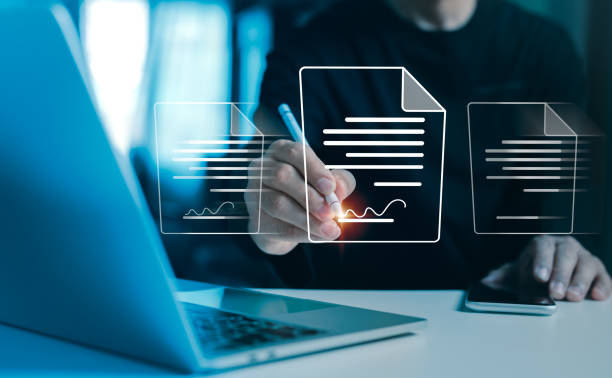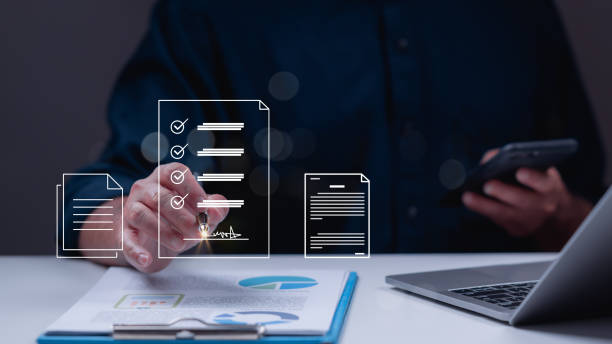What is On-Page SEO and Why is it Important?

On-Page SEO is a set of techniques and actions performed within your website to improve your site’s ranking in Google search results and other search engines.
These techniques include content optimization, HTML tags, URL structure, and other technical aspects of the site.
The importance of On-Page SEO lies in the fact that search engines use these factors to better understand the content of your site and determine its relevance to users’ searches.
SEO optimization helps you make your website more understandable to Google’s robots and increases your chances of being seen in search results.
SEO is not just about being understood by Google.
Rather, its ultimate goal is to improve user experience.
That is, the better the user experience on your website, the more likely they are to return to the site and recommend it to others, and that is exactly what #Google is looking for.
On-Page SEO plays a vital role in this process.
From optimizing title tags and meta descriptions to creating high-quality and user-friendly content, everything is aimed at improving user experience and, consequently, increasing the site’s ranking in search results.
Is your current online store design causing you to lose customers and sales?
Rasweb has the solution with modern and user-friendly online store designs!
✅ Significant increase in conversion rates and sales
✅ Creating a strong brand and gaining customer trust
⚡ Get a free online store design consultation from Rasweb!
Keyword Research: A Fundamental Step in On-Page SEO
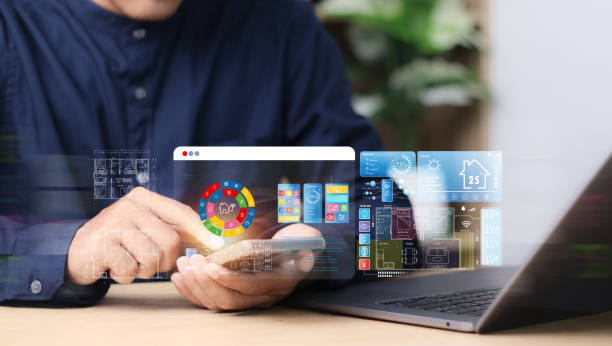
Keyword research is the process of finding the words and phrases that users type into search engines to find the information they need.
This process is the first step in On-Page SEO because it helps you create content based on the actual needs of your target audience.
By identifying the right keywords, you can optimize your content to rank higher in search results.
There are various tools available for keyword research, including Google Keyword Planner, Ahrefs, and Semrush.
When choosing keywords, consider their search volume, competition, and relevance to your site’s topic.
Choosing long-tail keywords, which are more specific, can help you attract targeted traffic.
Don’t forget that keyword research is an ongoing activity.
As user behavior and search engine algorithms change, new keywords emerge, and older keywords may lose their importance.
Therefore, regularly review and update your keywords.
Optimizing Title Tag and Meta Description
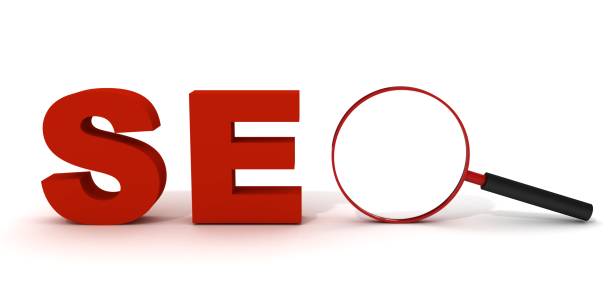
The title tag and meta description are two important elements in On-Page SEO that are displayed in search results and play a crucial role in attracting user clicks.
The title tag should be concise, engaging, and include the page’s main keyword.
The length of the title tag should be less than 60 characters to be fully displayed in search results.
The meta description should provide an accurate description of the page’s content and encourage users to click.
The length of the meta description should be between 150 and 160 characters.
On-Page SEO greatly helps improve your site’s click-through rate (CTR) by optimizing these two sections.
Remember that title tags and meta descriptions should be unique and optimized separately for each page of your site.
Using duplicate title tags and meta descriptions can harm your site’s ranking.
Using SEO tools, you can review and optimize the title tags and meta descriptions of different pages of your site.
| Element | Description | Important Tips |
|---|---|---|
| Title Tag | The page title that is displayed in search results. | Contains the main keyword, less than 60 characters. |
| Meta Description | A brief description of the page content. | Attracts clicks, between 150 and 160 characters. |
The Importance of URL Structure in On-Page SEO
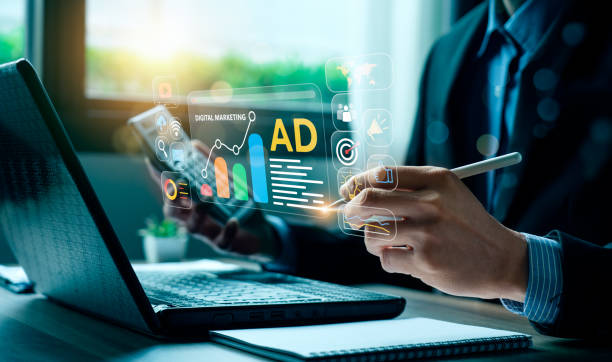
The URL structure of a web page plays an important role in On-Page SEO.
Short, descriptive URLs containing keywords help search engines better understand the topic of the page.
Inappropriate and lengthy URLs can confuse users and search engines.
Try to design your URLs to be user-friendly and SEO-friendly.
Avoid using unnecessary numbers and characters in your URL.
For example, instead of example.com/page?id=123, use example.com/seo-internal.
Using a logical and hierarchical URL structure helps users navigate your site easily.
By creating a proper URL structure, you can improve user experience and increase your site’s ranking in search results.
Did you know that 94% of first impressions of a company are related to its website design?
Rasweb helps you create the best first impression by providing professional corporate website design services.
✅ Creating a professional and trustworthy image of your brand
✅ Easier attraction of potential customers and improved online presence
⚡ Get a free corporate website design consultation
Optimizing Page Content for SEO
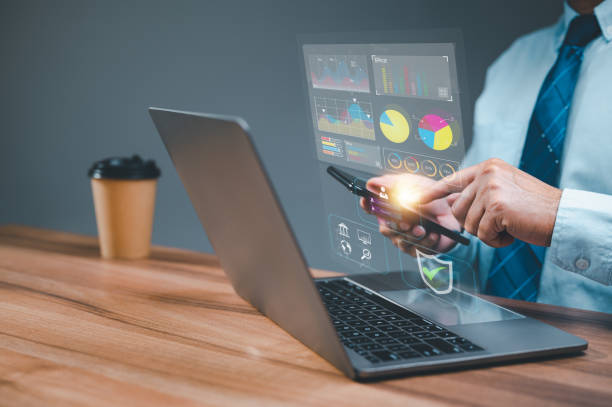
High-quality and relevant content is one of the most important factors in On-Page SEO.
Your content should be valuable and useful to users and answer their questions.
Use keywords naturally in your content and avoid keyword stuffing.
Structure your content in a way that is easy to read.
Use headings, subheadings, lists, and images to improve content readability.
Regularly update your content to keep it fresh and relevant.
In addition to content quality, content length is also important.
Long and comprehensive content usually ranks higher in search results.
However, content length should not come at the expense of its quality.
Try to make your content long enough to cover all aspects of the topic, but avoid being verbose.
Optimizing Images for SEO
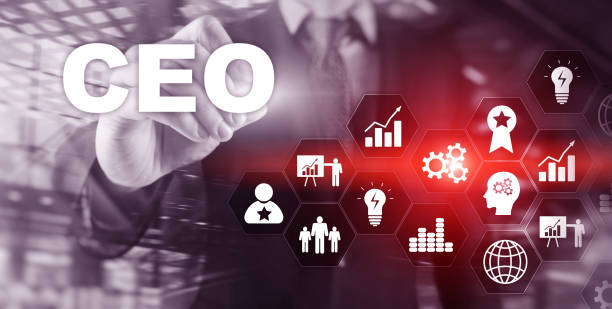
Images play an important role in the attractiveness and readability of your content.
However, unoptimized images can slow down your site’s loading speed and harm your On-Page SEO.
To optimize images, use appropriate formats (such as JPEG and PNG) and reduce image sizes.
Use the ALT tag to describe images.
The ALT tag helps search engines understand the topic of the image and can help your site rank in image search results.
Also optimize the image file names and use relevant keywords.
For example, instead of image123.jpg, use seo-internal.jpg.
By following these simple tips, you can optimize your images for SEO and help improve your site’s performance.
Internal linking to relevant images will also help improve On-Page SEO.
Image optimization is an essential aspect of any SEO strategy.
Internal Linking to Improve On-Page SEO
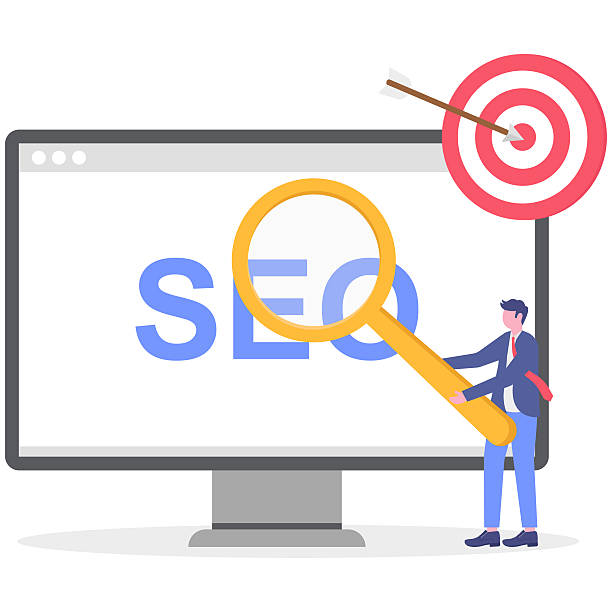
Internal linking means linking from one page of your site to another.
Internal linking helps search engines understand the structure of your site and identify more important pages.
Internal linking also helps users easily navigate your site and find relevant content.
For internal linking, use relevant and descriptive anchor text.
Avoid linking to pages that are not related to the current page.
Internal linking should be done naturally and not for the purpose of deceiving search engines.
Correct internal linking improves On-Page SEO and increases your site’s ranking.
Internal linking strategy can significantly improve user experience.
| Feature | Description |
|---|---|
| Anchor Text | Should be relevant and descriptive. |
| Related Pages | Link to pages that are related to the content of the current page. |
Optimizing Site Loading Speed
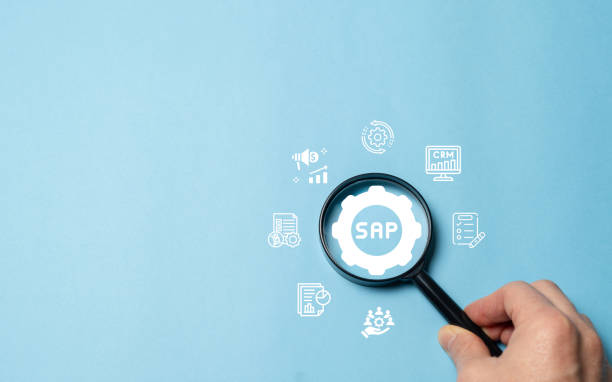
Site loading speed is one of the important factors in Google’s ranking.
Users expect a website to load in a few seconds.
If your site is slow, users will leave it, and this can harm your site’s ranking.
To optimize site loading speed, use optimized images, compress your HTML and CSS code, use a caching system, and use a quality hosting service.
There are various tools available to check site loading speed, including Google PageSpeed Insights and GTmetrix.
On-Page SEO helps improve user experience and increases your site’s ranking by optimizing site loading speed.
Also, using a CDN (Content Delivery Network) can help improve your site’s loading speed.
A CDN stores your site’s content on different servers around the world and allows users to receive content from the server closest to them.
Are you annoyed by losing customers due to the outdated appearance or slow speed of your online store? Rasweb’s expert team solves these problems with professional online store design!
✅ Increased customer trust and brand credibility
✅ Blazing speed and excellent user experience
Get a free consultation with Rasweb now ⚡
Responsive Design
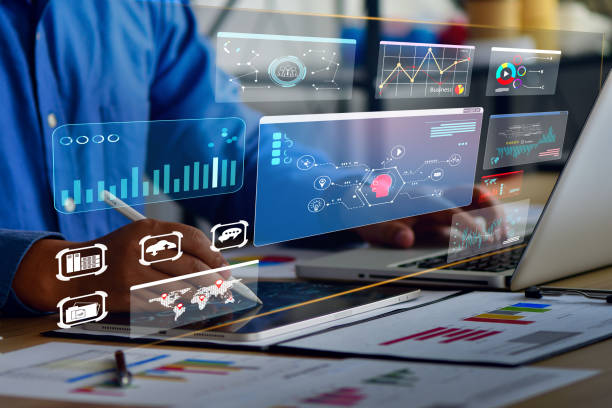
Responsive design means designing a website in a way that it is displayed correctly on all devices (such as computers, tablets, and mobile phones).
Given that most users access the internet via mobile phones, responsive design is very important for On-Page SEO.
Google prioritizes responsive websites and ranks them higher in search results.
To ensure that your site is responsive, you can use the Google Mobile-Friendly Test tool.
On-Page SEO helps improve user experience and increases your site’s ranking by optimizing site loading speed.
Also, make sure that your site is displayed correctly in all major browsers (such as Chrome, Firefox, and Safari).
Compatibility with different browsers is an important part of user experience.
Continuous Monitoring and Improvement of On-Page SEO

On-Page SEO is an ongoing process and requires continuous monitoring and improvement.
Regularly review your site’s performance in search results and make necessary changes.
Use Google Analytics and Google Search Console to track site traffic, keywords, and technical issues.
By reviewing this data, you can identify your site’s strengths and weaknesses and improve your On-Page SEO strategy.
Also, with changes to search engine algorithms, you need to keep your On-Page SEO strategy up to date.
Staying up-to-date with the latest SEO changes and trends is essential.
Regularly read SEO-related articles and blogs and attend SEO conferences and webinars.
Frequently Asked Questions
| Question | Answer |
|---|---|
| What is On-Page SEO? | It refers to the set of actions performed within a website to improve its ranking in search engines. |
| Why is On-Page SEO important? | Because it helps search engines better understand the content and structure of your site and improves user experience. |
| What are the most important elements of On-Page SEO? | Title and meta descriptions, keywords, URL structure, high-quality content, image optimization, internal linking, and site speed. |
| How to optimize Title Tag and Meta Description? | The title should include the main keyword and be attractive, and the meta description should be a persuasive summary of the content with relevant keywords. |
| What is the role of keywords in On-Page SEO? | Keywords tell search engines what the page is about and should be used naturally and intelligently in the text. |
| How is image optimization done for On-Page SEO? | By compressing the size, using a descriptive file name, and filling the Alt tag with related descriptions and keywords. |
| What is Internal Linking and what is its purpose? | Connecting different pages of the site to each other. This helps distribute page authority and improves search engine crawling. |
| What is the importance of site loading speed in On-Page SEO? | High speed improves user experience and is one of the important ranking factors for search engines like Google. |
| How does the site being Responsive (Mobile-Friendliness) affect On-Page SEO? | Due to the increase in mobile users, being responsive is essential to provide a suitable user experience on all devices and Google’s mobile-first indexing priority. |
| What are the important factors related to content in On-Page SEO? | Originality, quality, comprehensiveness, readability, proper use of headings (H1, H2, …) and regular content updates. |
And other services of Rasa Web advertising agency in the field of advertising
Intelligent digital advertising: A new service to increase digital branding through Google Ads management.
Intelligent sales automation: Transform online growth with the help of intelligent data analysis.
Intelligent conversion rate optimization: Professional optimization for online growth using intelligent data analysis.
Intelligent UI/UX: A new service to increase customer acquisition through an SEO-focused content strategy.
Intelligent sales automation: A combination of creativity and technology to increase click-through rates through an SEO-focused content strategy.
And more than a hundred other services in the field of internet advertising, advertising consulting, and organizational solutions
Internet advertising | Advertising strategy | Advertorial
Resources
The Complete Guide to On-Page SEO from Crazy Egg
,On-Page SEO Tutorial from Semrush
,On-Page SEO: The Complete Guide from Ahrefs
,On-Page Optimization from Moz
? To soar in the digital world and reach more customers, “Rasa Web Aferin” is with you with comprehensive digital marketing services including Multilingual Website Design. Get seen professionally with us!
📍 Tehran, Mirdamad Street, next to the Central Bank, South Kazerun Alley, Ramin Alley No. 6

